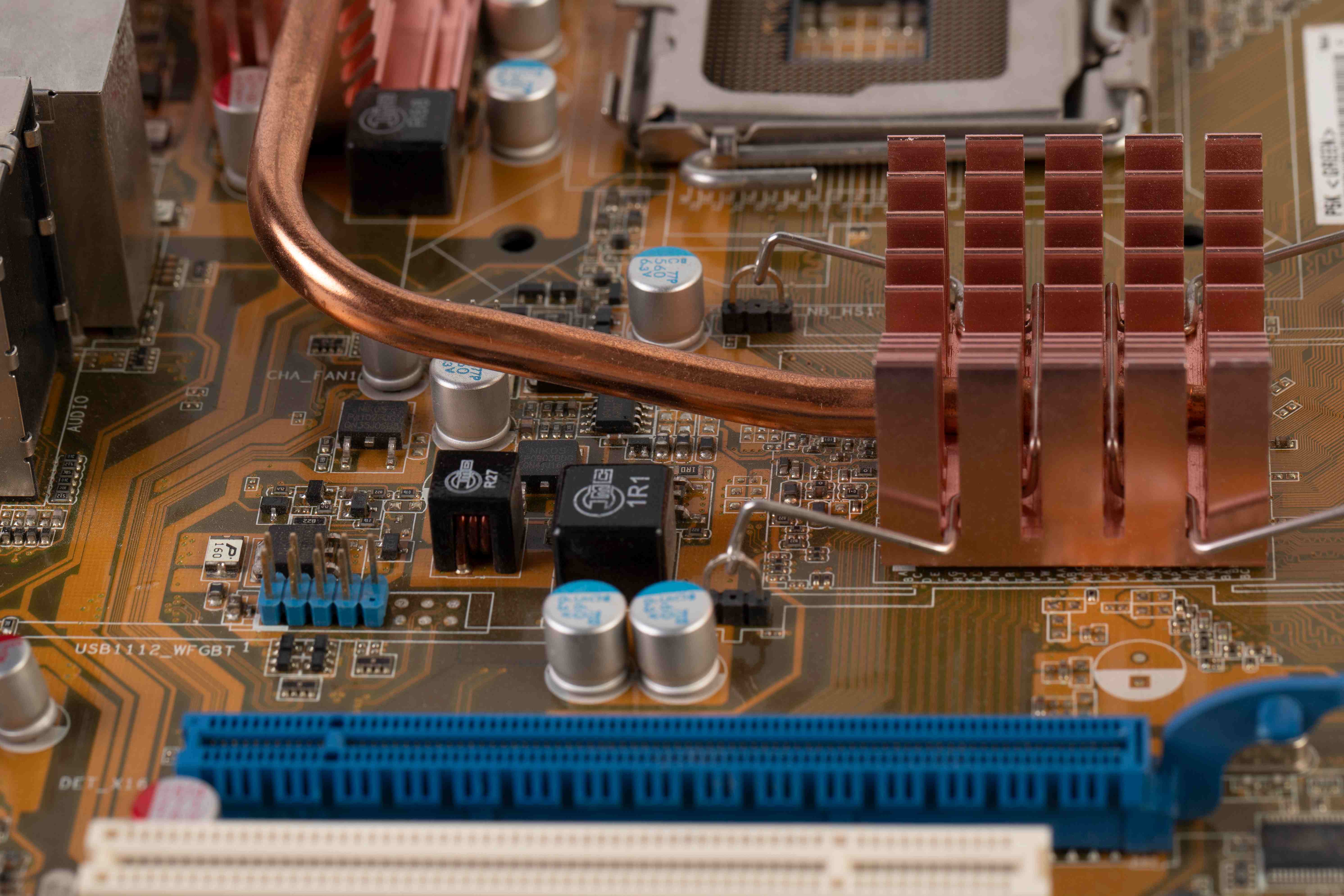Battling the Blaze: Effective Solutions for Overheating Computers
A hot computer is a sluggish computer. When your system overheats, it can lead to frustrating performance issues, unexpected shutdowns, and even permanent damage to your hardware. But fear not, tech warrior! This blog post equips you with the knowledge and steps to combat the fiery foe and keep your computer cool, calm, and collected.
Understanding the Culprits: Why Does Your Computer Overheat?
Several factors can contribute to your computer's overheating woes. Here are the common culprits:
- Dust Buildup: Over time, dust accumulates inside your computer, clogging vents and fans, hindering their ability to expel hot air. This is especially prevalent in laptops, which are more susceptible to dust bunnies.
- Faulty Fans: Fans are the workhorses of your cooling system, constantly circulating air to dissipate heat. If a fan malfunctions or becomes clogged with dust, it can significantly impact cooling efficiency.
- Demanding Tasks: Pushing your computer to its limits with resource-intensive tasks like gaming, video editing, or running multiple demanding programs simultaneously can generate excessive heat.
- Improper Ventilation: Blocking vents with objects or placing your computer in a poorly ventilated area restricts airflow, trapping hot air inside.
- Outdated Thermal Paste: Thermal paste is a critical component that transfers heat from the processor to the heat sink, which then dissipates it. Over time, thermal paste can dry out and lose its effectiveness, leading to overheating.
Conquering the Heat: Solutions to Fix Your Overheating Computer
Now that you understand the enemy, let's explore the weapons in your arsenal to combat overheating:
1. Cleanliness is Key: Eradicate Dust Buildup
- Power down and unplug your computer: Safety first! Always ensure your system is off and disconnected from the power source before opening it up.
- Open the case (desktop) or remove the back panel (laptop): Consult your computer's manual or online resources for specific instructions on how to safely access the internal components.
- Use compressed air: Blow compressed air canisters (available at tech stores) to gently dislodge dust from vents, fans, and other internal components.
- Caution: Hold the can upright and avoid spraying directly on delicate components. Short bursts are recommended to prevent condensation.
- Wipe down surfaces: Use a soft, dry cloth to remove any remaining dust. Avoid using liquids or cleaning solutions that could damage components.
- Reassemble your computer and power it back on.
2. Fan the Flames: Ensure Proper Fan Function
- Listen for fan noise: While your computer is running, listen for any unusual noises from the fans, such as grinding, clicking, or slow rotation. These could indicate a failing fan.
- Visually inspect the fans: Look for any dust buildup or obstructions that might be hindering the fan blades' rotation.
- Consider replacing faulty fans: If you suspect a fan malfunction, consult a qualified technician or replace the fan yourself, following manufacturer instructions.
3. Ease the Workload: Manage Resource-Intensive Tasks
- Close unused programs and browser tabs: Unnecessary programs running in the background can consume resources and contribute to heat generation. Close any applications you're not actively using.
- Adjust graphics settings: If you're a gamer, lowering graphics settings in games can significantly reduce the workload on your computer and help manage heat.
- Monitor your system temperature: Several software applications allow you to monitor your computer's temperature. This helps you identify if specific tasks are causing overheating and adjust your workload accordingly.
4. Breathe Easy: Ensure Proper Ventilation
- Position your computer in a well-ventilated area: Avoid placing your computer on carpets, sofas, or other surfaces that can block vents. Leave ample space around the vents for proper airflow.
- Don't cover vents: Never block vents with objects like books, papers, or your own body. This traps hot air inside and hinders cooling.
- Consider a laptop cooling pad: For laptops, a cooling pad with built-in fans can help improve airflow and prevent overheating, especially during extended use.
5. Renew the Thermal Paste (For Advanced Users):
Replacing thermal paste is a delicate procedure and should only be attempted by experienced users comfortable working with computer hardware.
- Gather the necessary tools: You'll need thermal paste, isopropyl alcohol, cotton swabs, and tools to open your computer case.
- Consult online resources or a professional: Look for detailed guides specific to your computer model before attempting this step. Improper application of thermal paste can damage your hardware.
Prevention is Key: Proactive Measures to Keep Your Computer Cool
- Regularly clean your computer: Schedule regular cleaning sessions, at least once every few months, to prevent dust buildup. Intellectual Techs providing top class computer repair services with 500+ Five stars customers reviews on Google My Business.

